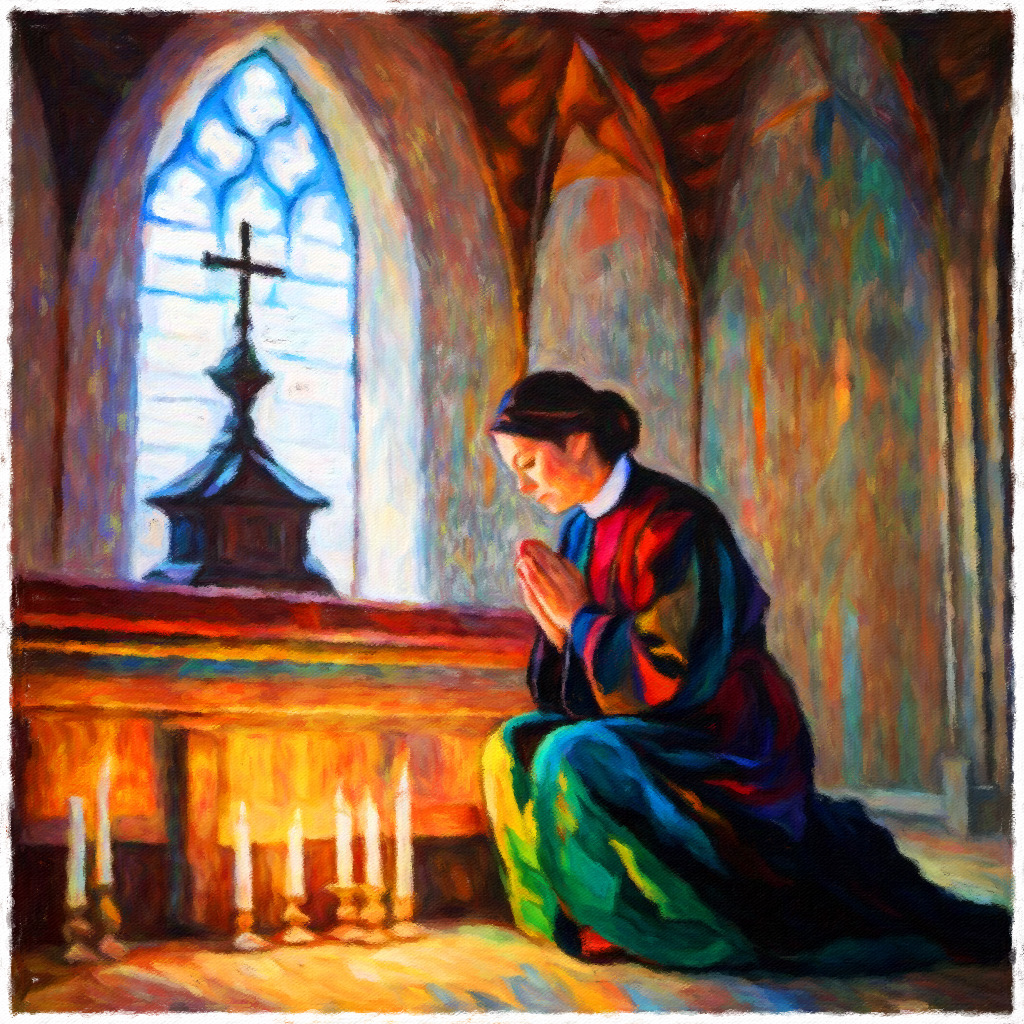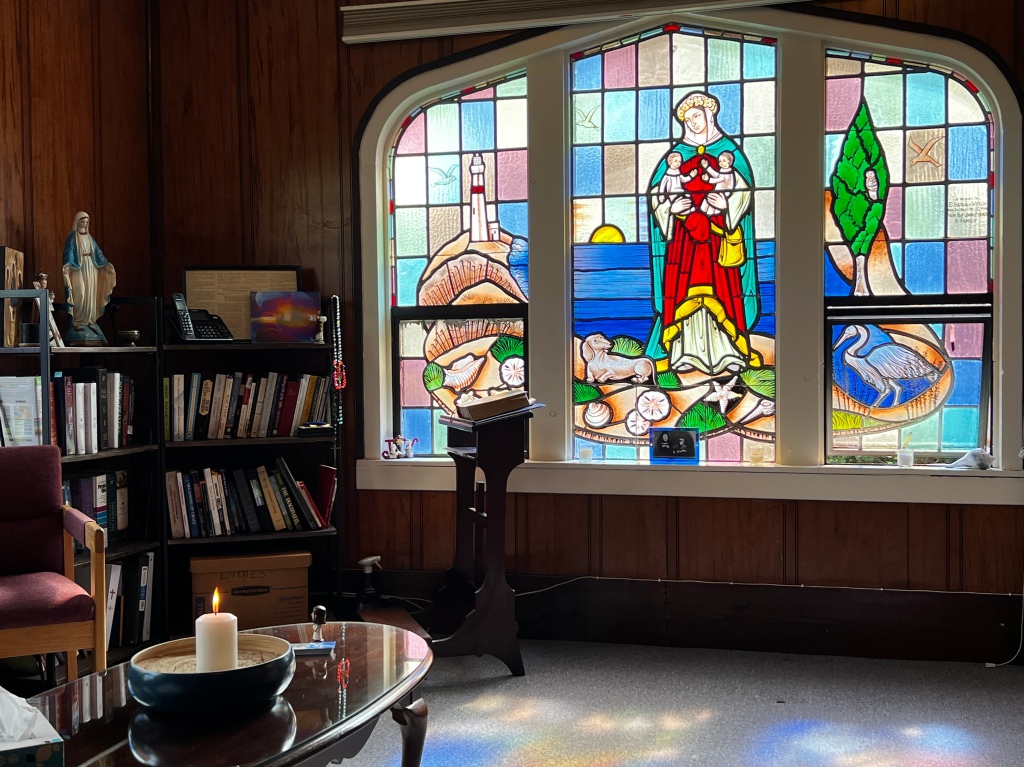Latest
-

A Message of Thanksgiving: Embracing Gratitude and Unity
As we approach the season of Thanksgiving, it’s a fitting time to reflect on the profound teachings of Ephesians 1:15-23 and how they resonate with the themes of gratitude and community. To all the followers of ThoughtsPrayersAndArt.com, I extend a heartfelt message of thanks and reflection. Thanksgiving is more than a holiday; it’s a state…




